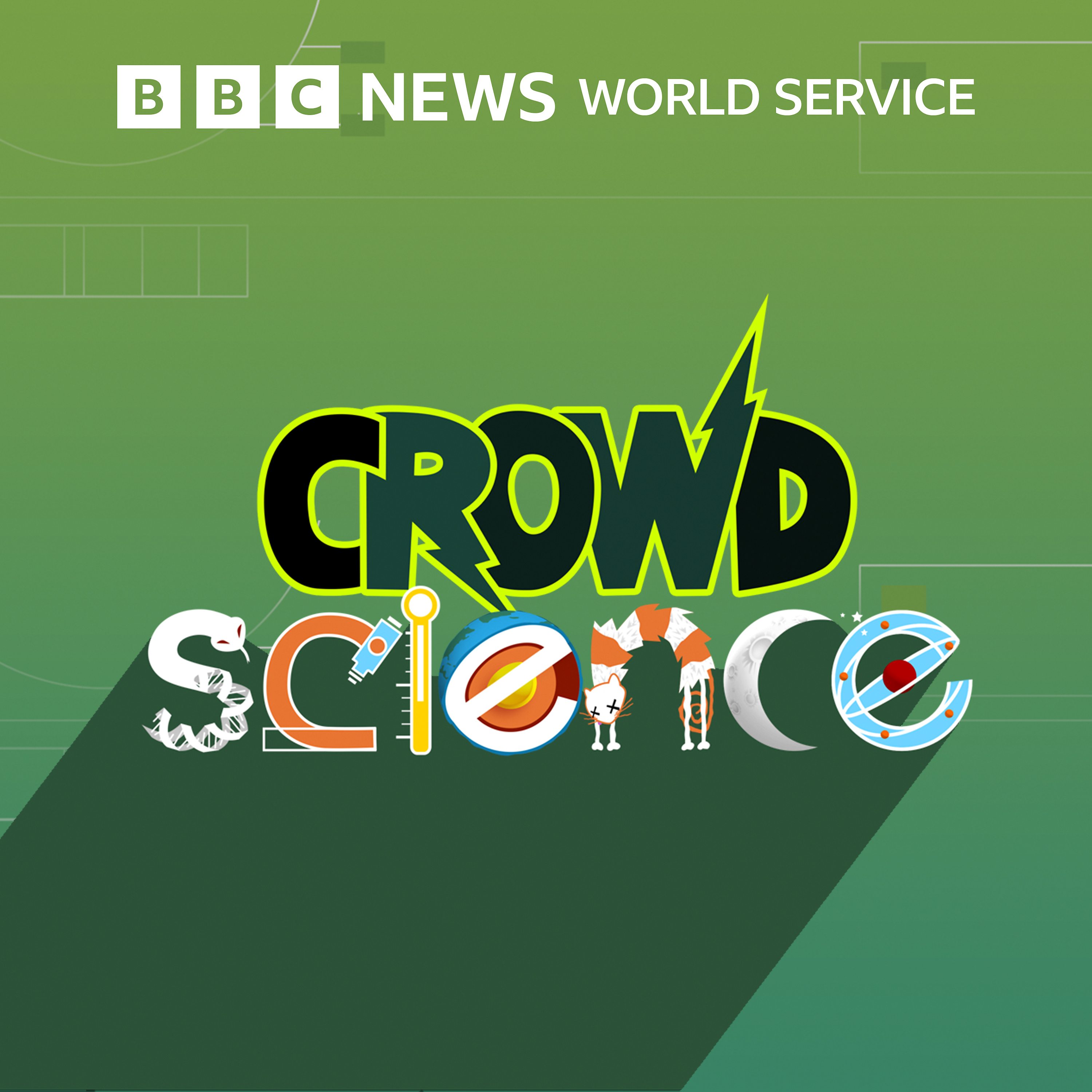
CrowdScience
Jan 10, 2020
Reducing climate change and global warming is one of the biggest and most urgent challenges for everyone as we enter a new decade. The CrowdScience team have been trying to figure out how to play our part in reducing our carbon footprint. So what’s the best way forward? Presenter Marnie Chesterton starts to find out by pitting three of her colleagues against each other for the first phase of our challenge. Anand Jagatia, Geoff Marsh and Melanie Brown have all been tasked with answering a listener’s question in the lowest-carbon way possible. Along the way, they must monitor and account for every emission – from their travel methods to their choice of sustenance whilst working. It turns out that the challenge is not only in acknowledging all the types of activity that produce emissions, but in working out the volume of greenhouse gases produced. Marnie judges her colleagues’ efforts, determines a winner, and dispatches the losing challenger to look further into carbon calculation, and to find out about the possibilities of legitimately offsetting the overall footprint. And we start our on-going experiment using a broadcast industry carbon calculator to find out the most carbon-efficient and sustainable ways to keep answering everyone’s questions and sharing more cutting-edge global science.
Presented by Marnie Chesterton Produced by Jen Whyntie for the BBC World Service
(Photo:

